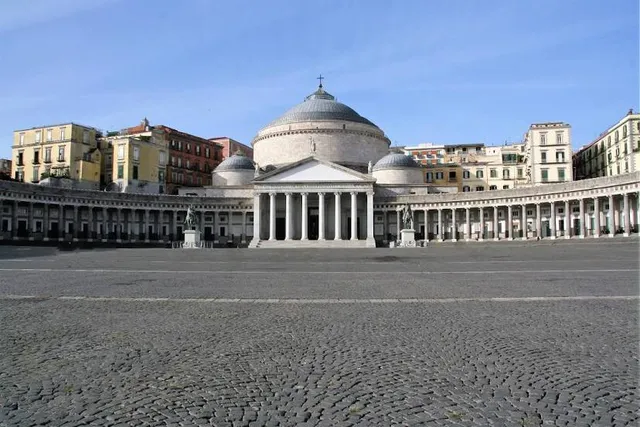Piazza del Plebiscito things to do, attractions, restaurants, events info and trip planning
Basic Info
Piazza del Plebiscito
80132 Naples, Metropolitan City of Naples, Italy
4.7(29.3K)
Open 24 hours
Save
spot
spot
Ratings & Description
Info
Piazza del Plebiscito is a large public square in central Naples, Italy.
Cultural
Outdoor
Family friendly
attractions: Royal Palace of Naples, San Carlo Theatre, Basilica Reale Pontificia San Francesco da Paola, Galleria Borbonica - Ingresso Vico Grottone, Galleria Umberto I, Napoli Sotterranea Guided Authorized Tour, Molosiglio Gardens, Castel Nuovo, Musap - Museo Artistico Politecnico di Napoli - Fondazione "Circolo Artistico Politecnico" Ets, Palazzo Zevallos Stigliano, restaurants: Na Bona Furchetta Trattoria, Pizzeria Brandi, Pizzeria Pavia, Antica Taverna a Chiaia, Antica Pizza Fritta da Zia Esterina Sorbillo, Osteria Il Gobbetto, A Cucina Ra Casa Mia, Antica Trattoria da Nanninella Napoli, Ristorante Pizzeria Dal Soldino, Trattoria & Pizzeria Nardones | Napoli
 Learn more insights from Wanderboat AI.
Learn more insights from Wanderboat AI.Plan your stay

Pet-friendly Hotels in Naples
Find a cozy hotel nearby and make it a full experience.

Affordable Hotels in Naples
Find a cozy hotel nearby and make it a full experience.

The Coolest Hotels You Haven't Heard Of (Yet)
Find a cozy hotel nearby and make it a full experience.

Trending Stays Worth the Hype in Naples
Find a cozy hotel nearby and make it a full experience.
Reviews
Nearby attractions of Piazza del Plebiscito
Royal Palace of Naples
San Carlo Theatre
Basilica Reale Pontificia San Francesco da Paola
Galleria Borbonica - Ingresso Vico Grottone
Galleria Umberto I
Napoli Sotterranea Guided Authorized Tour
Molosiglio Gardens
Castel Nuovo
Musap - Museo Artistico Politecnico di Napoli - Fondazione "Circolo Artistico Politecnico" Ets
Palazzo Zevallos Stigliano
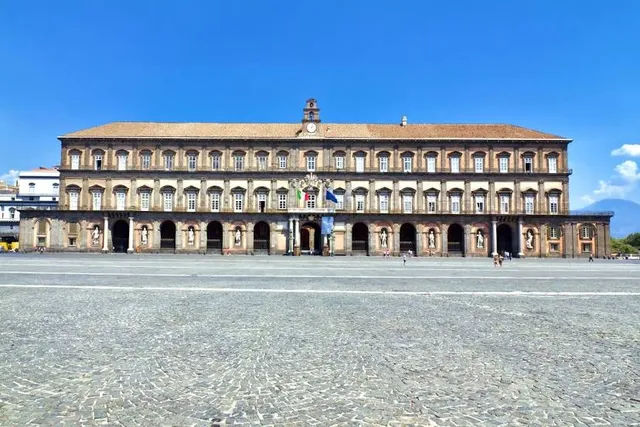
Royal Palace of Naples
4.6
(4.3K)
Open 24 hours
Click for details
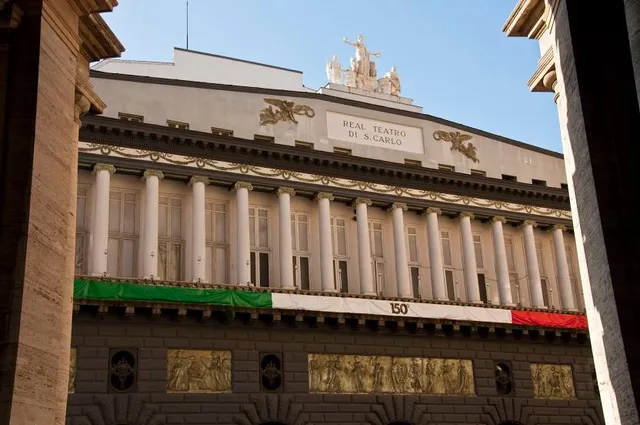
San Carlo Theatre
4.8
(3.9K)
Open 24 hours
Click for details
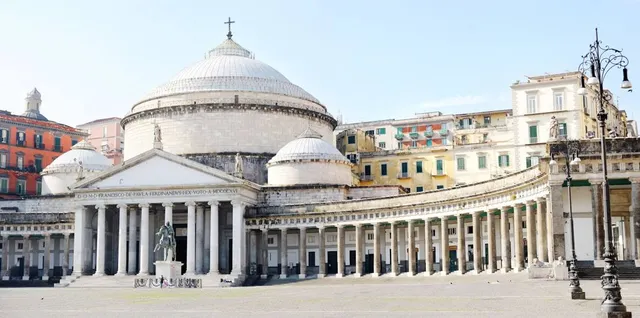
Basilica Reale Pontificia San Francesco da Paola
4.6
(589)
Open 24 hours
Click for details
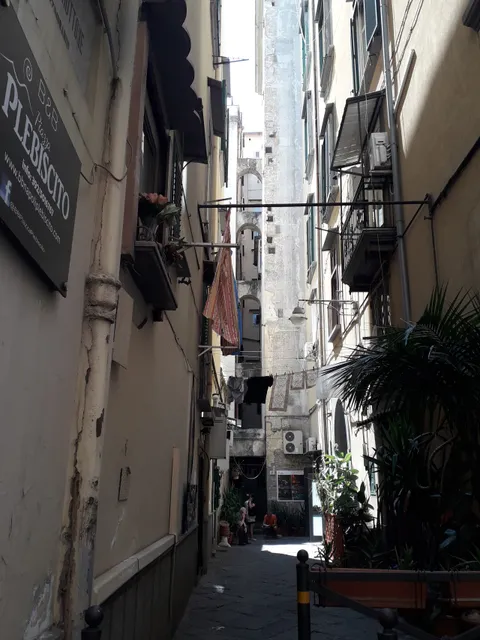
Galleria Borbonica - Ingresso Vico Grottone
4.7
(1.1K)
Open 24 hours
Click for details
Things to do nearby
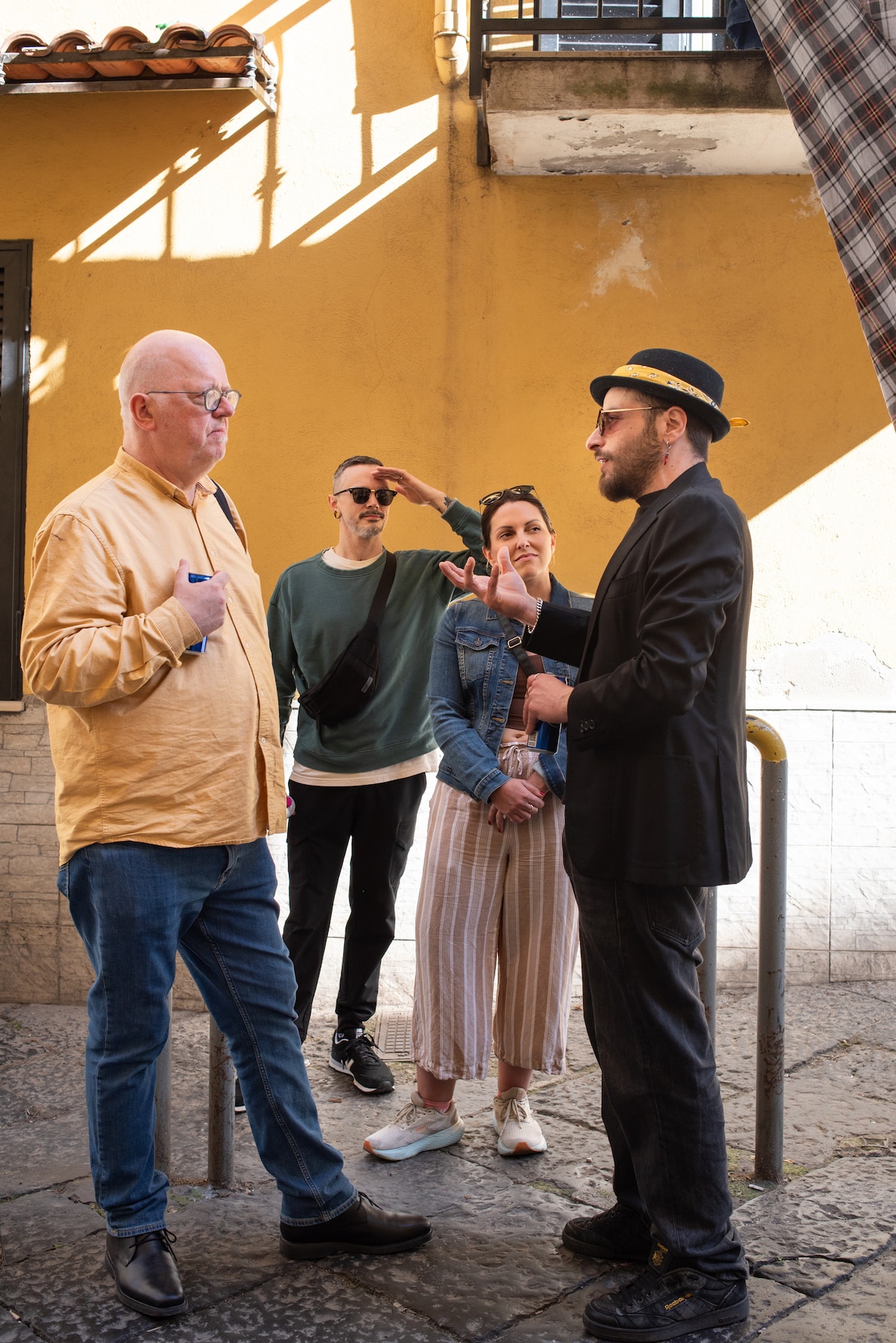
Neapolitan people, history, culture and folklore
Fri, Dec 26 • 10:30 AM
80134, Naples, Campania, Italy
View details
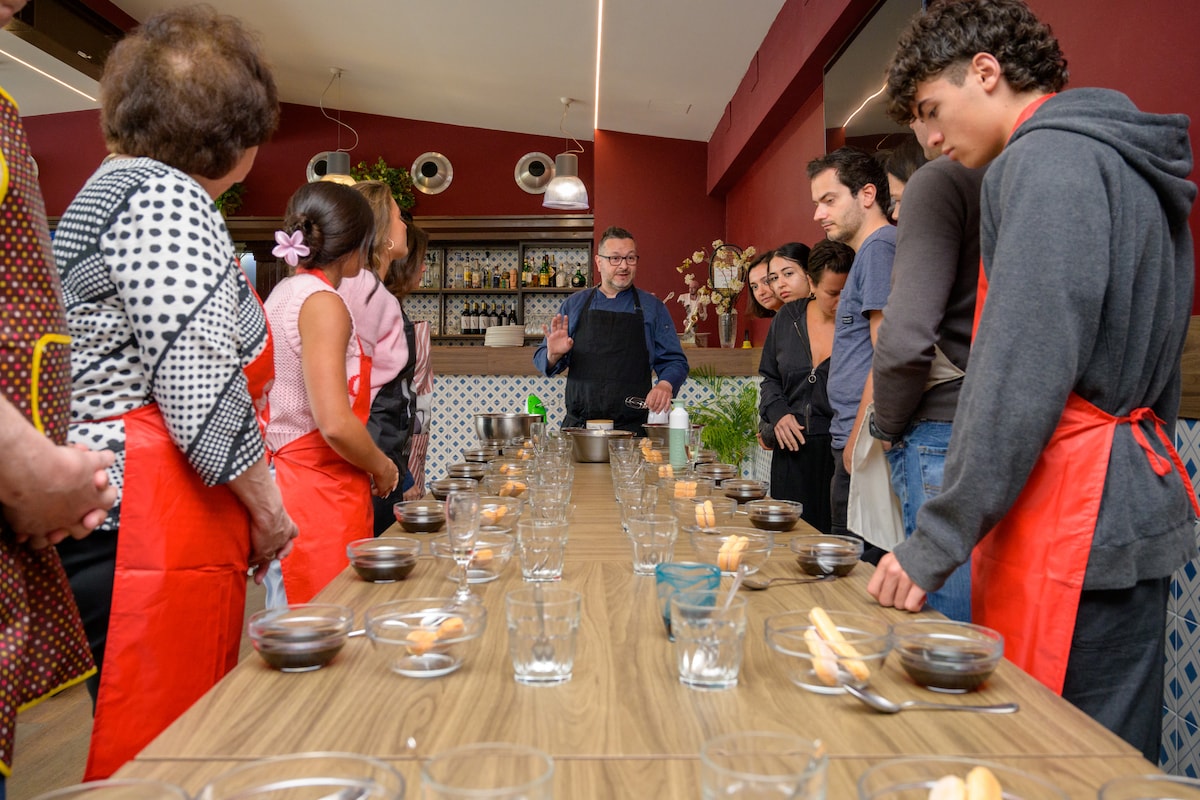
Sorrento Pasta & Tiramisu Cooking Class with Wine
Sat, Dec 27 • 10:30 AM
80067, Sorrento, Campania, Italy
View details
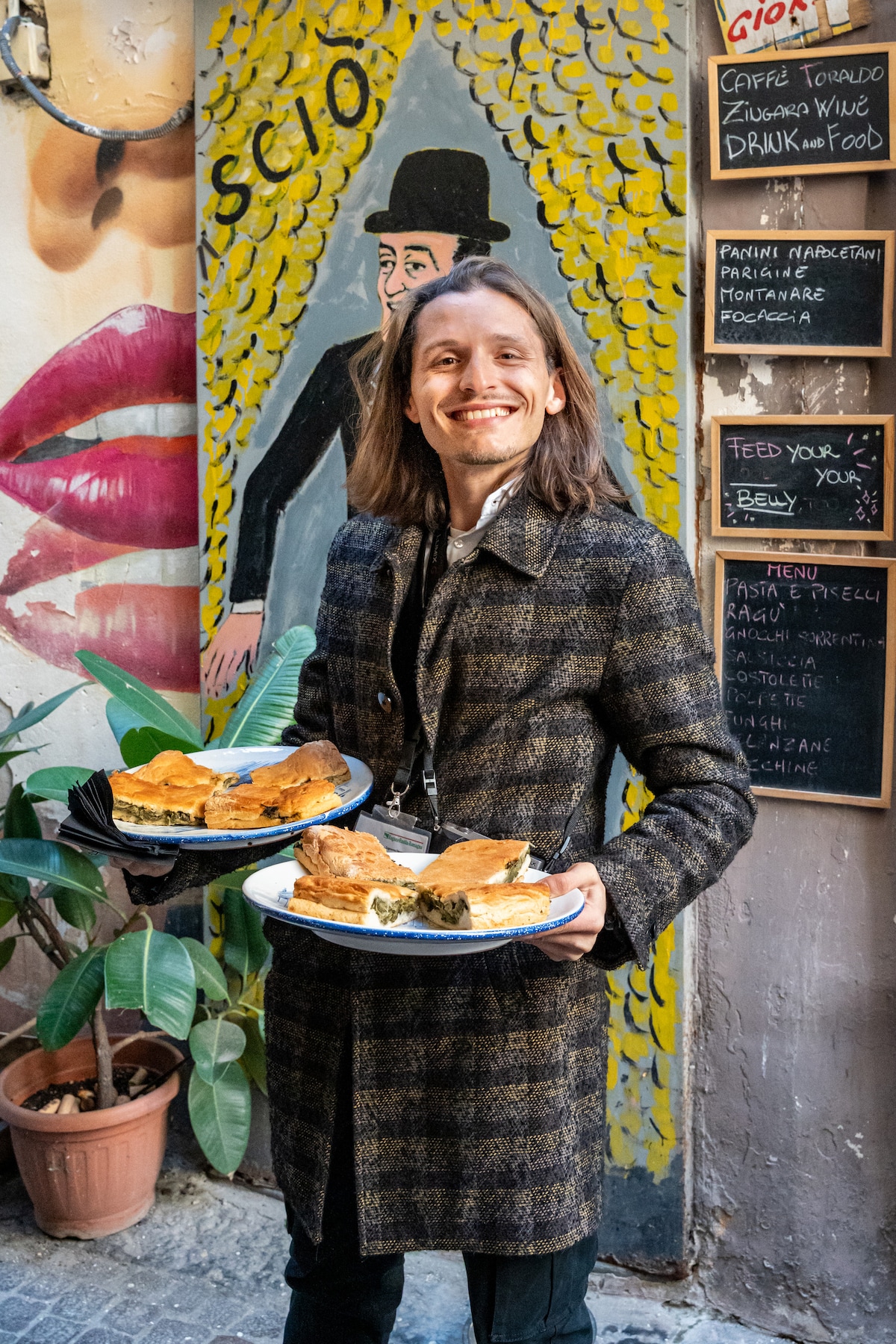
Enjoy Food and Street Art with a Local Guide
Sat, Dec 27 • 11:00 AM
80138, Naples, Campania, Italy
View details
Nearby restaurants of Piazza del Plebiscito
Na Bona Furchetta Trattoria
Pizzeria Brandi
Pizzeria Pavia
Antica Taverna a Chiaia
Antica Pizza Fritta da Zia Esterina Sorbillo
Osteria Il Gobbetto
A Cucina Ra Casa Mia
Antica Trattoria da Nanninella Napoli
Ristorante Pizzeria Dal Soldino
Trattoria & Pizzeria Nardones | Napoli

Na Bona Furchetta Trattoria
4.5
(1.3K)
$$
Click for details
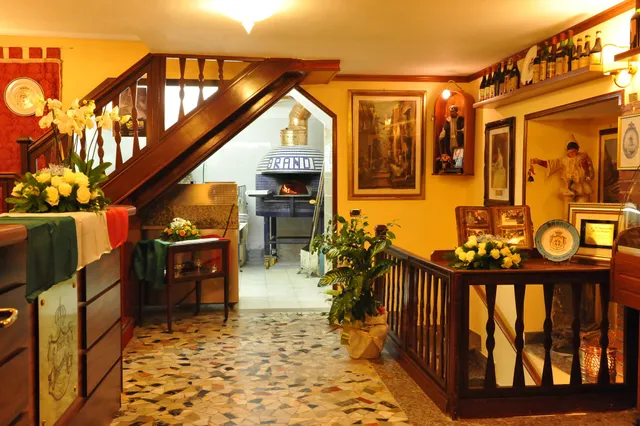
Pizzeria Brandi
4.2
(2.9K)
$
Click for details
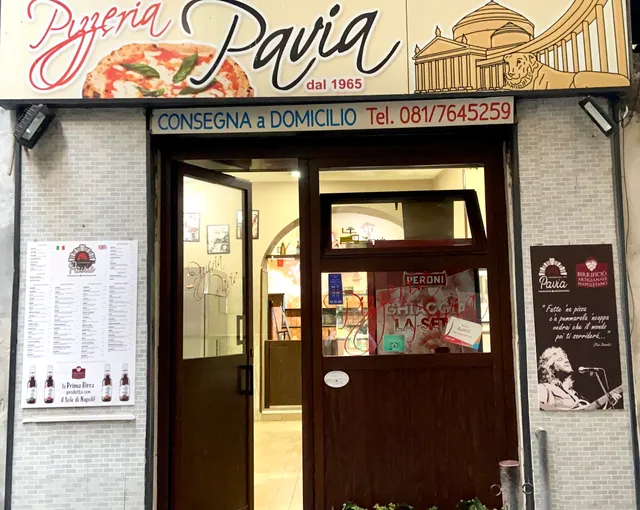
Pizzeria Pavia
4.7
(1.1K)
Click for details
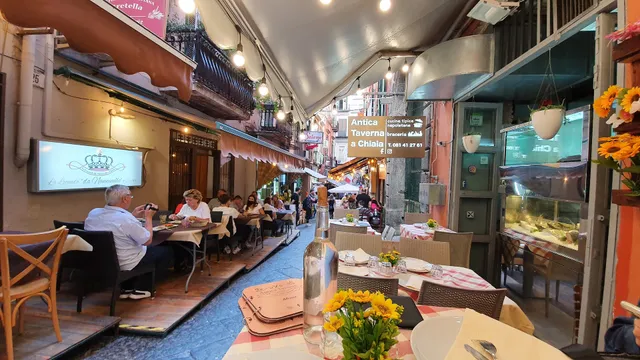
Antica Taverna a Chiaia
4.5
(1.3K)
Click for details
The hit list

Plan your trip with Wanderboat
Welcome to Wanderboat AI, your AI search for local Eats and Fun, designed to help you explore your city and the world with ease.
Powered by Wanderboat AI trip planner.
